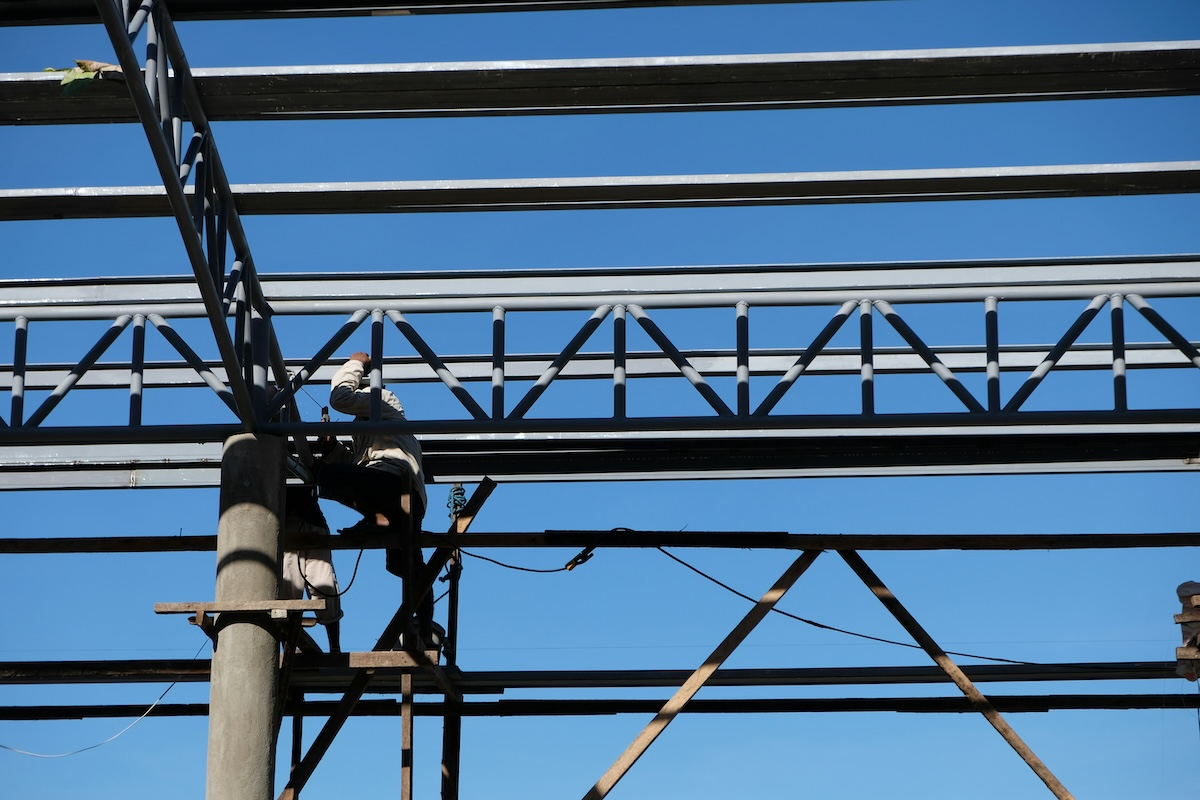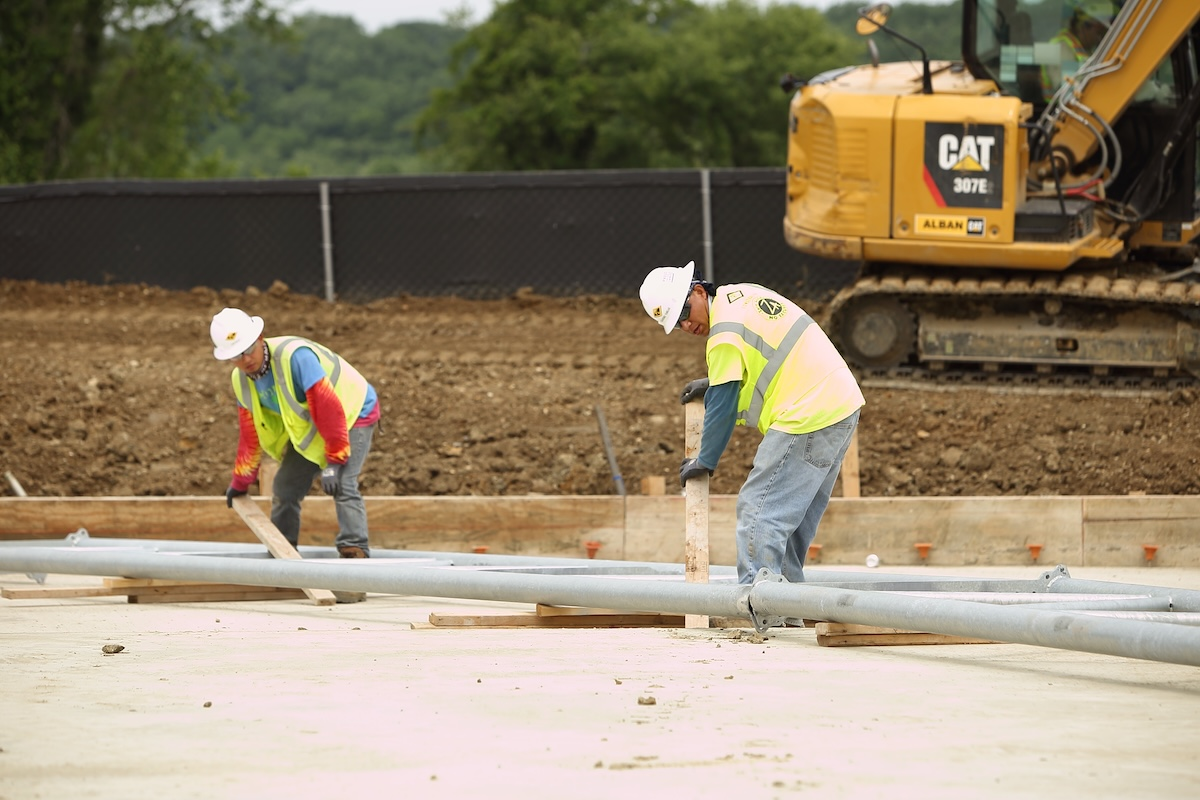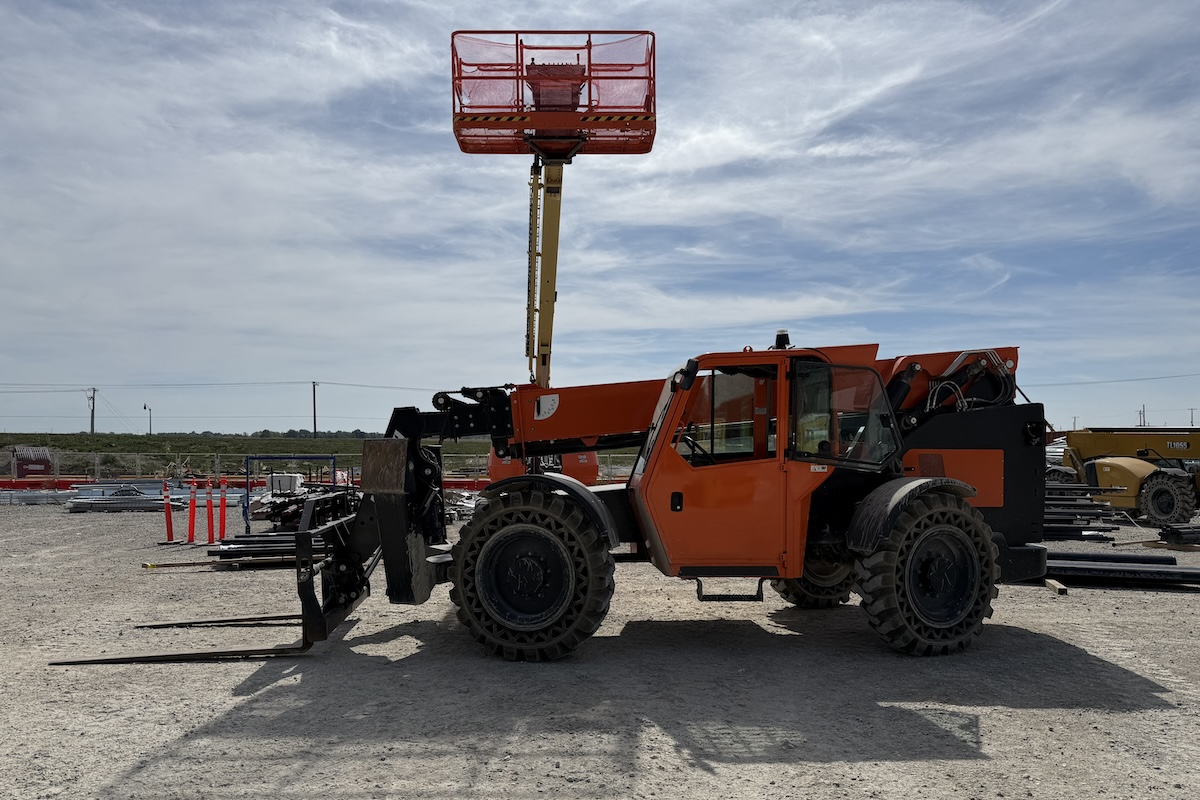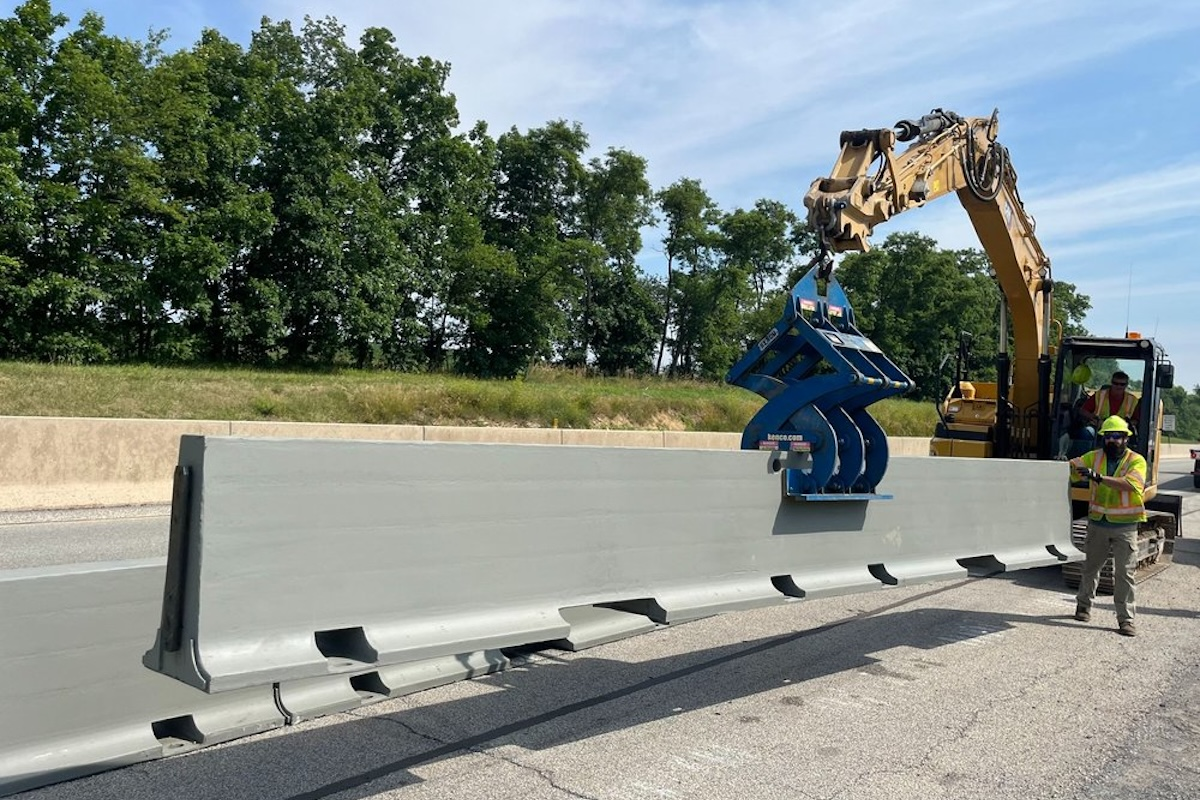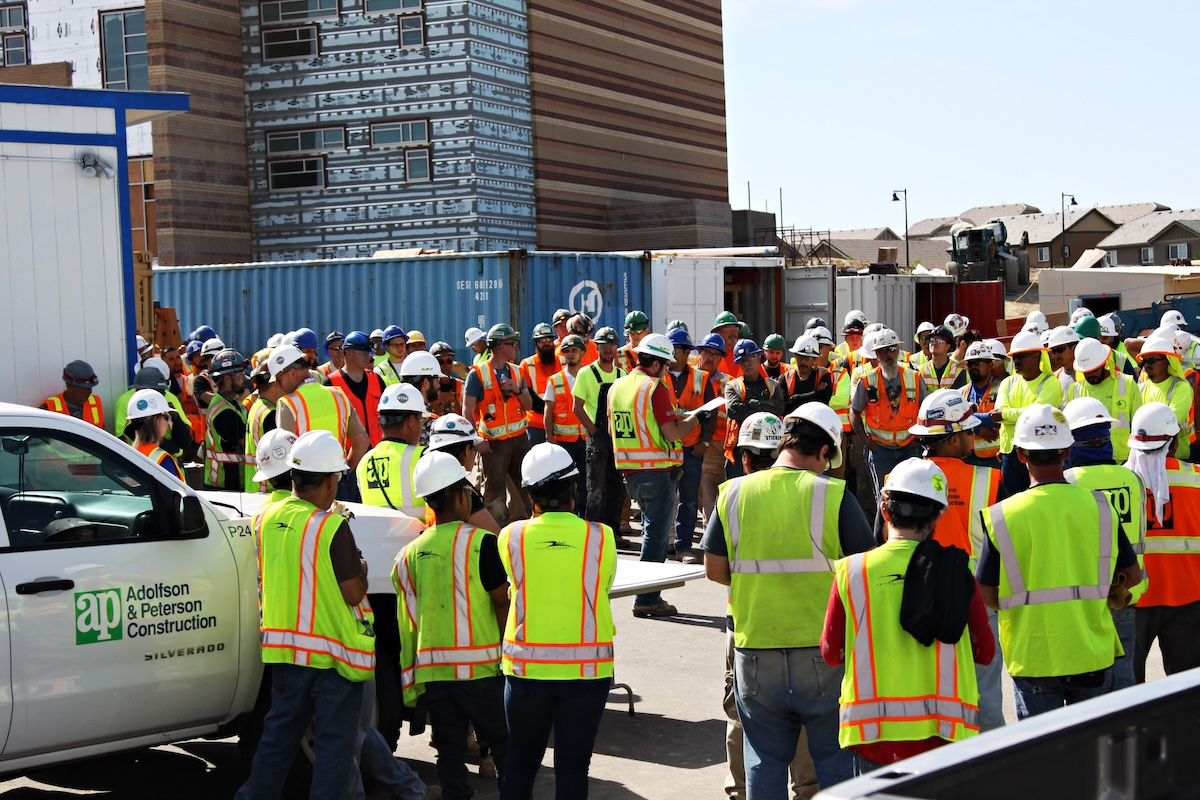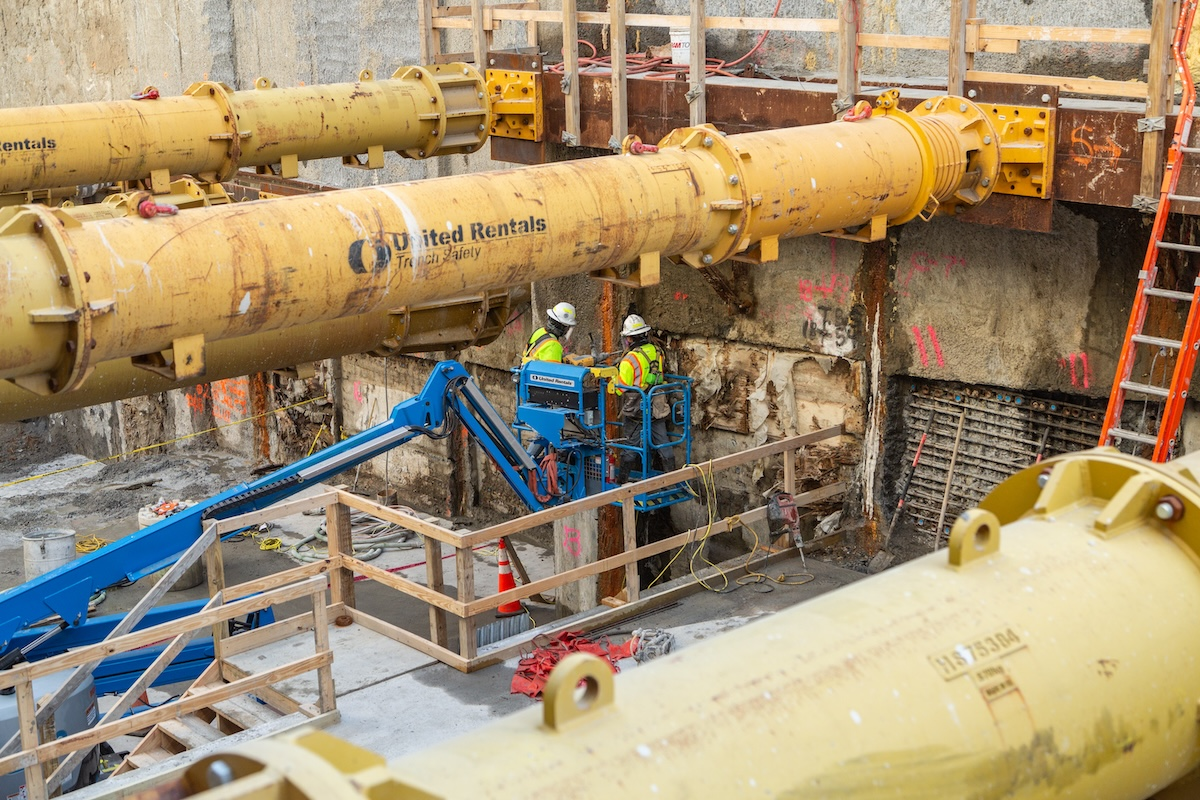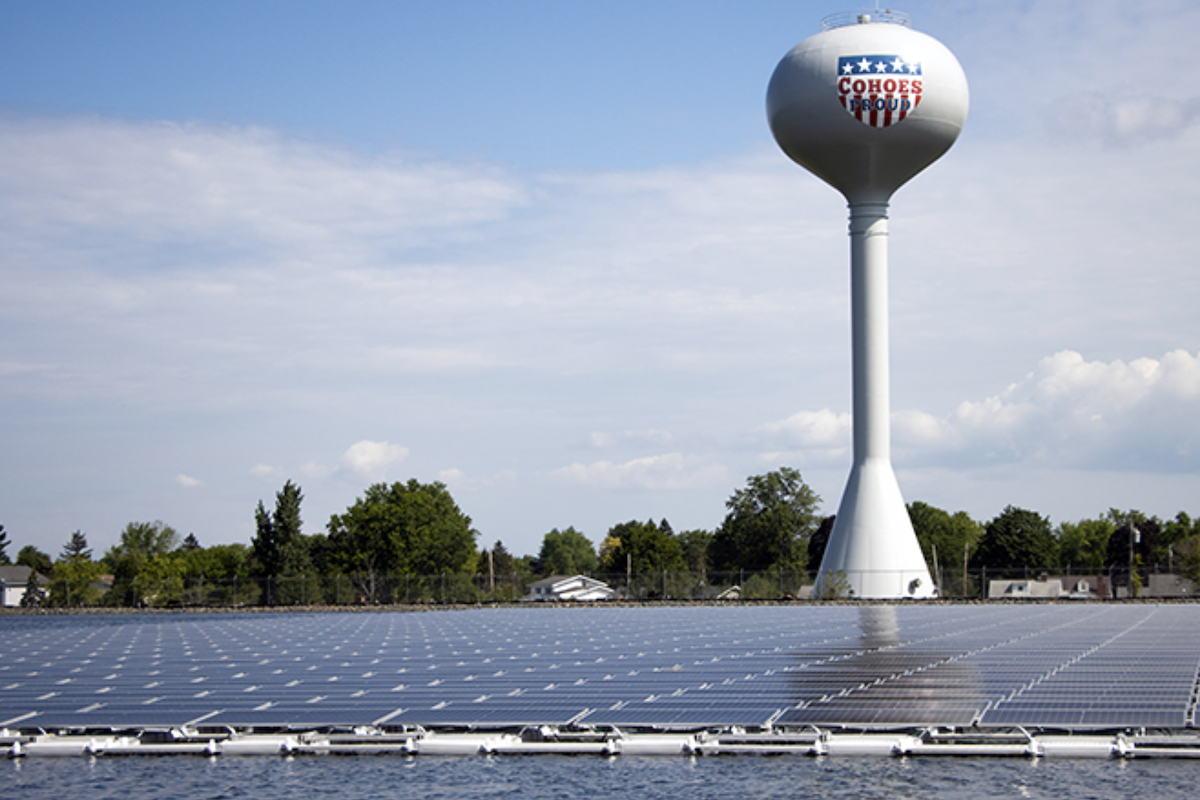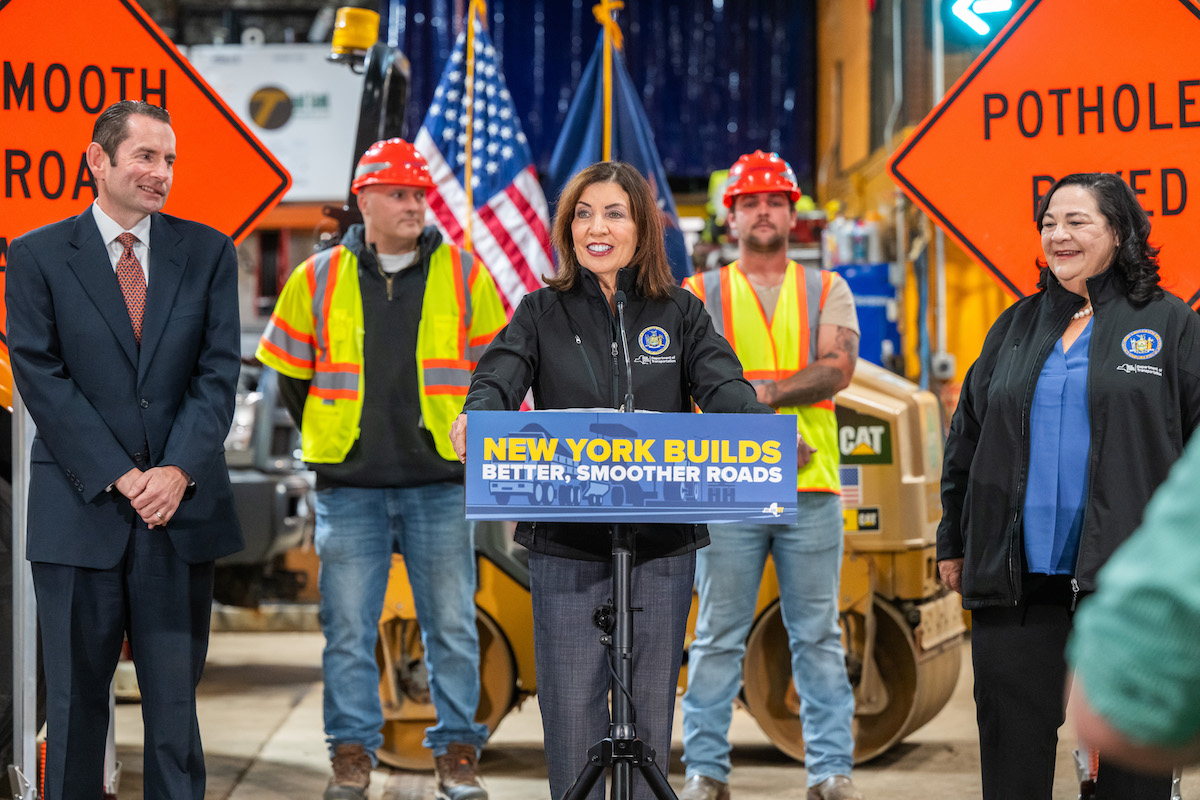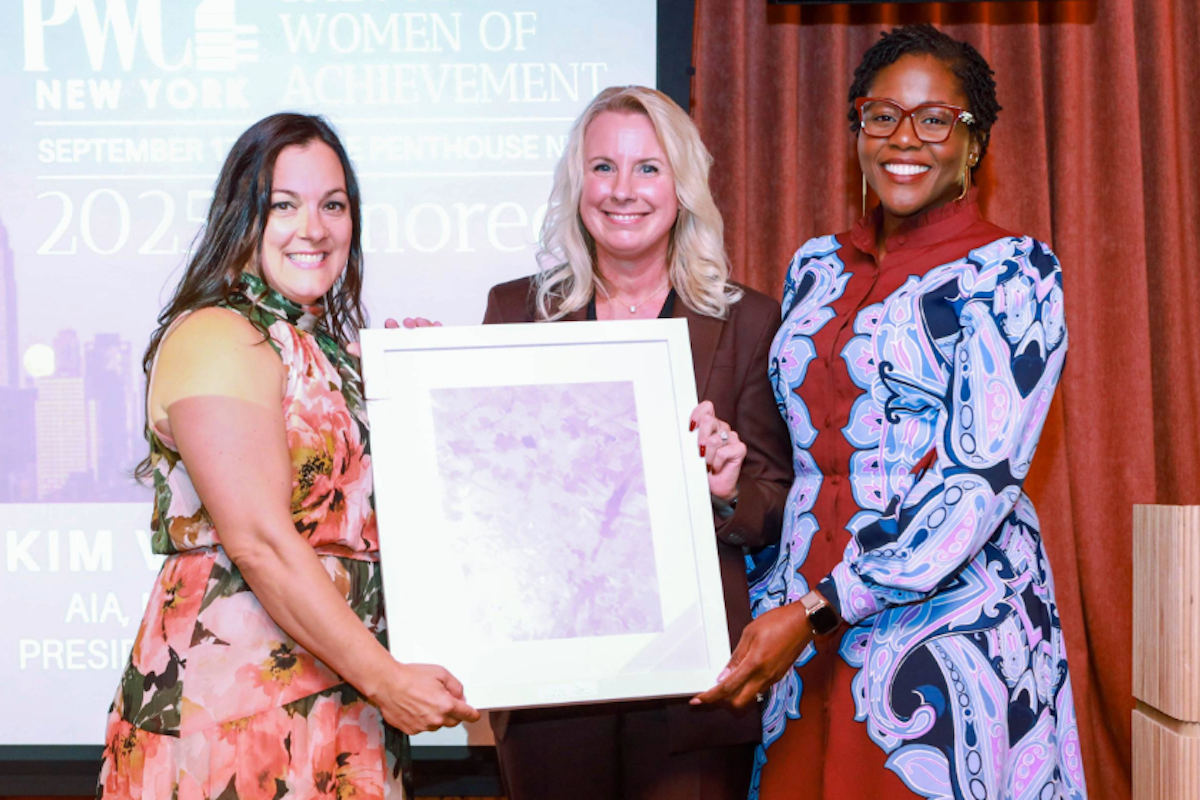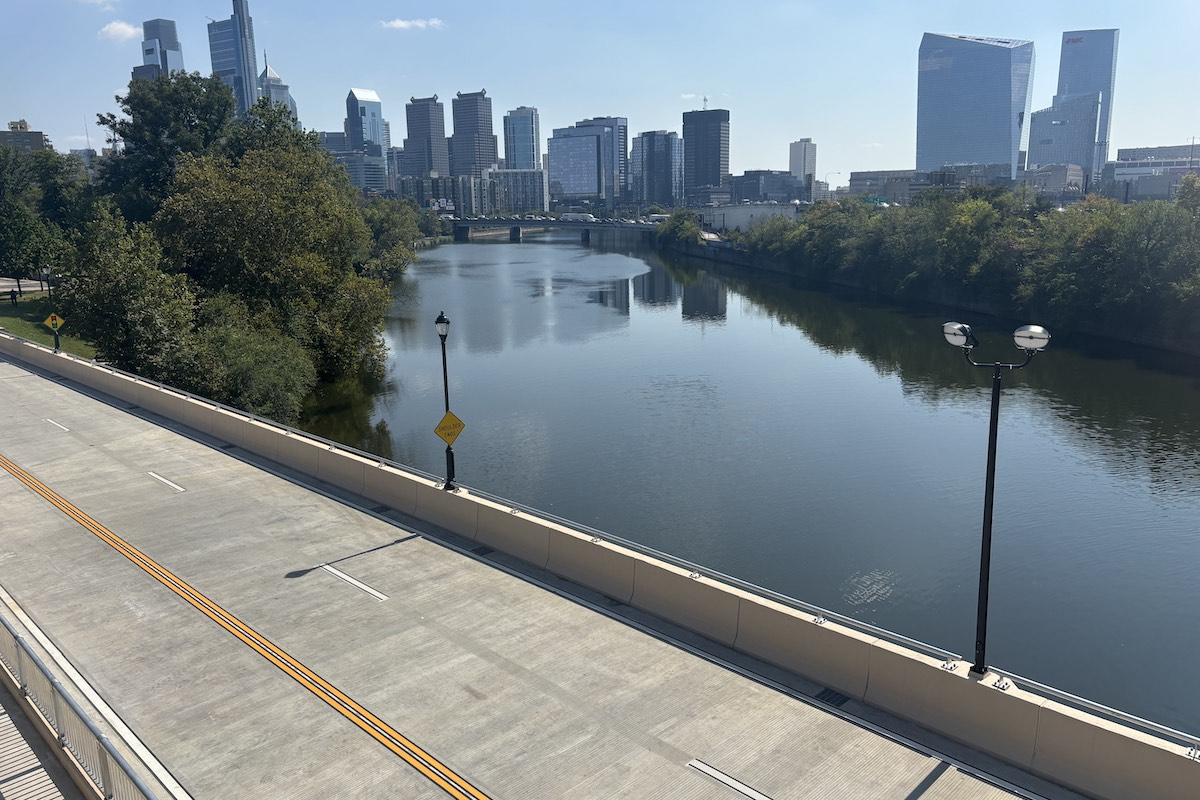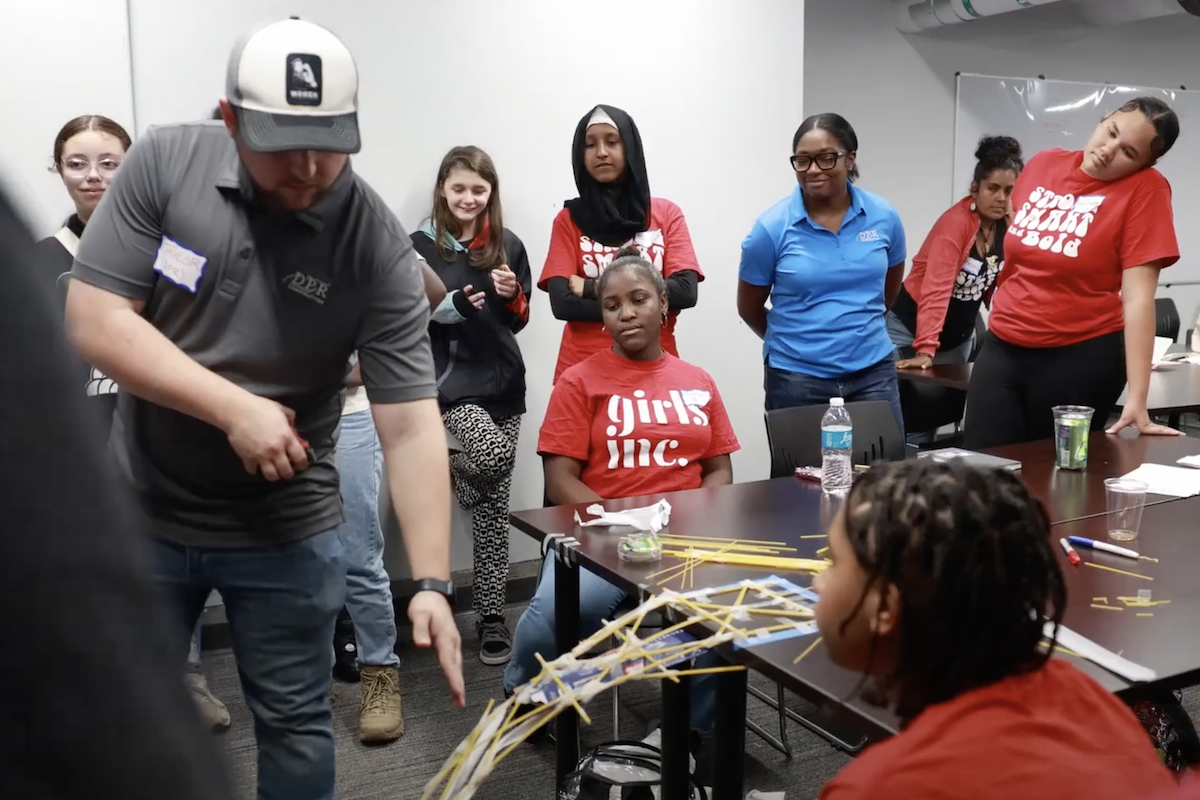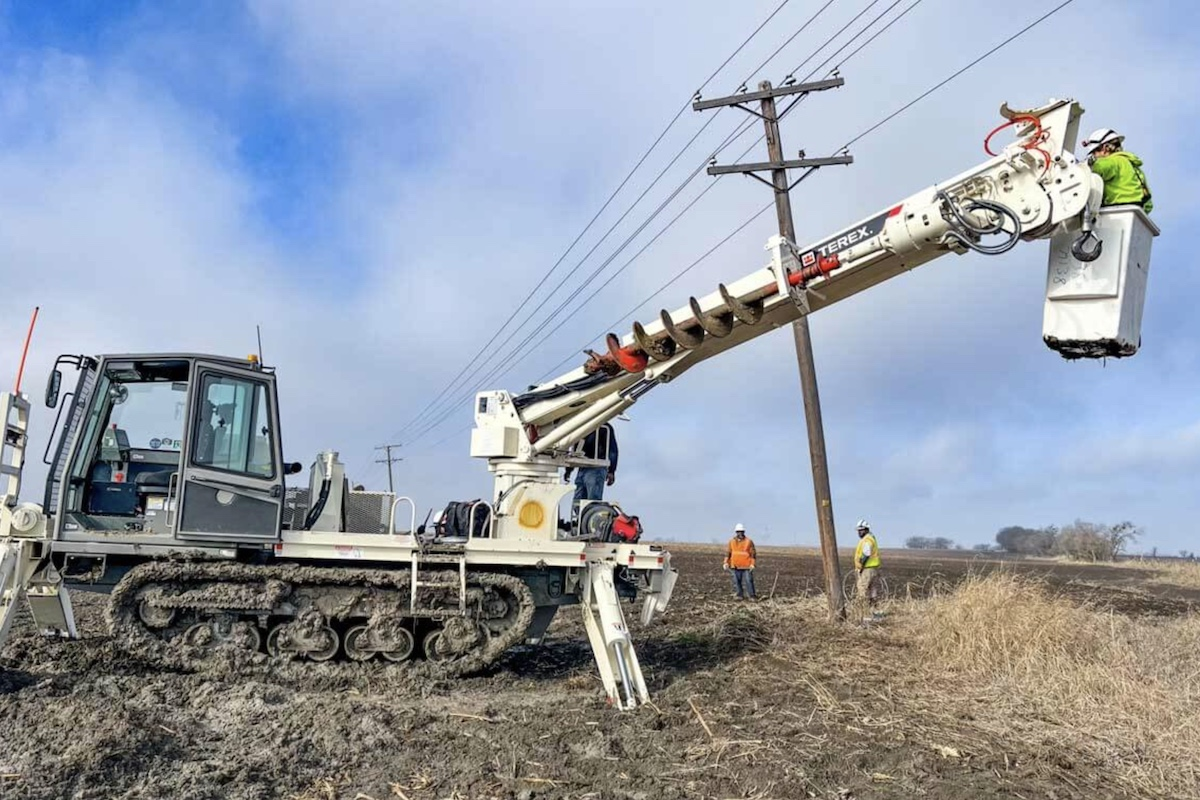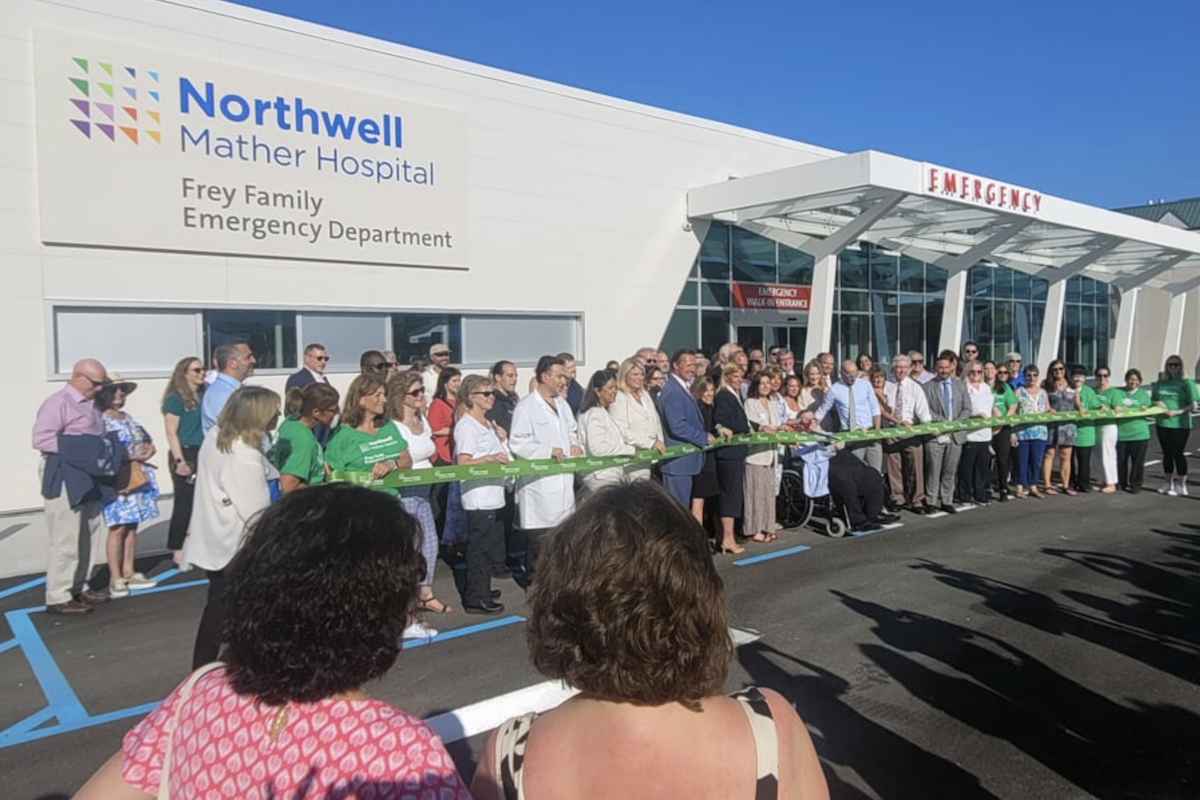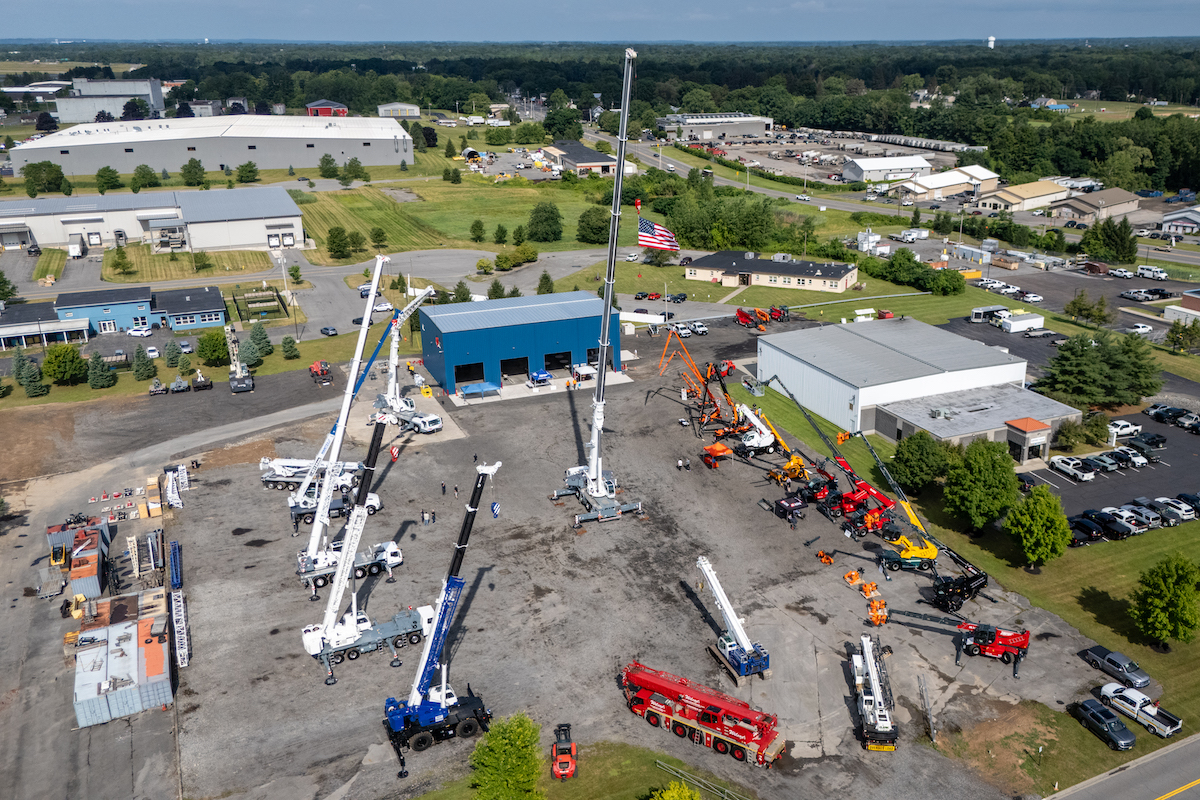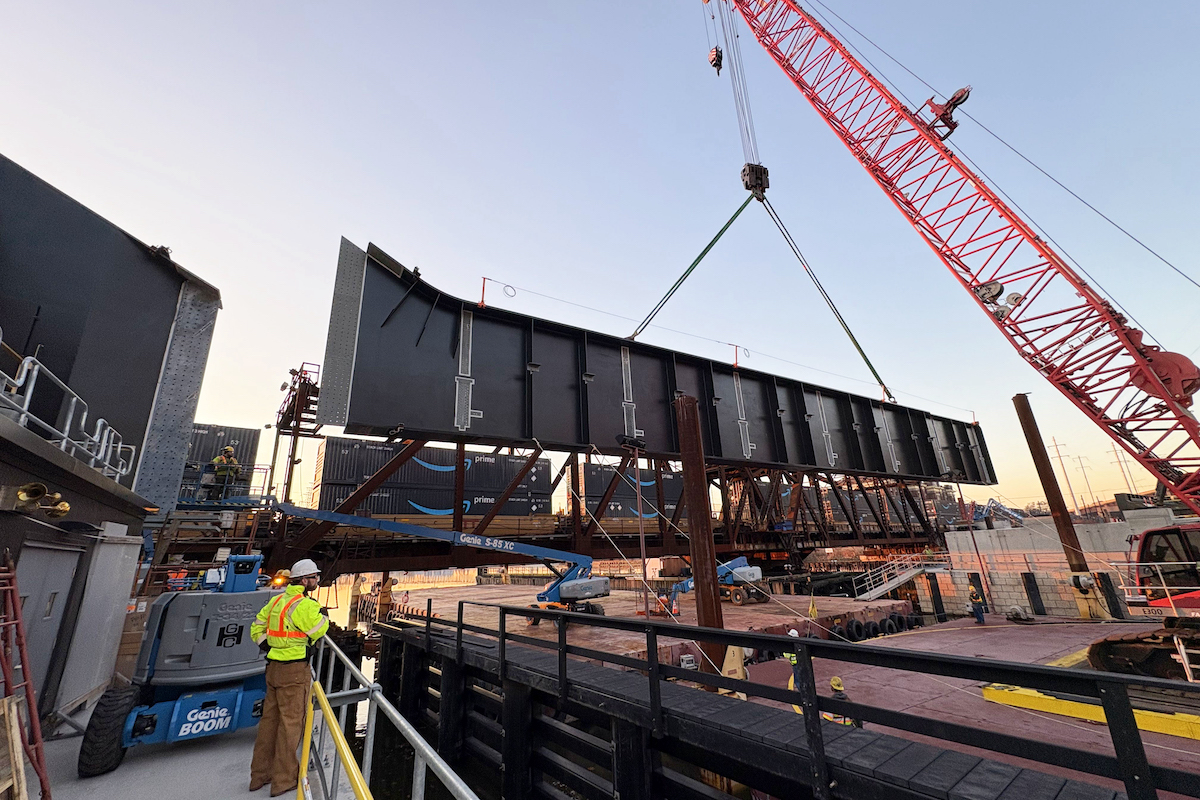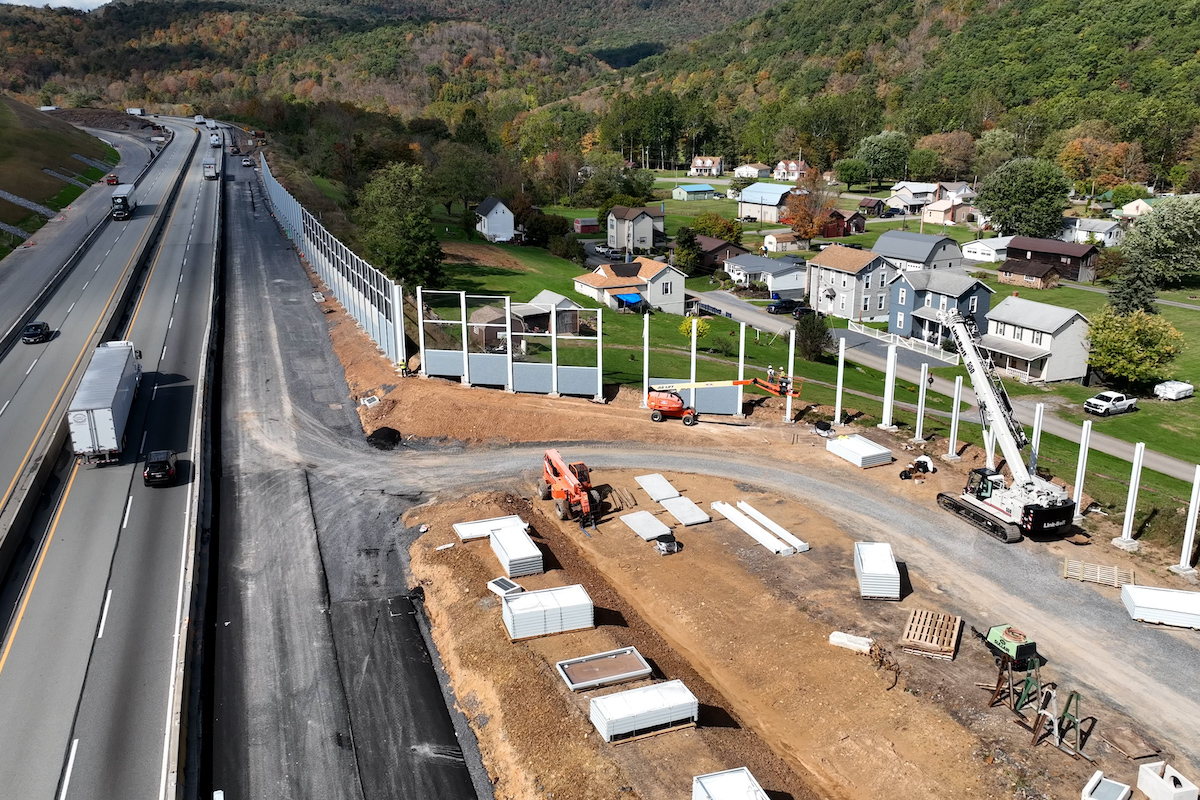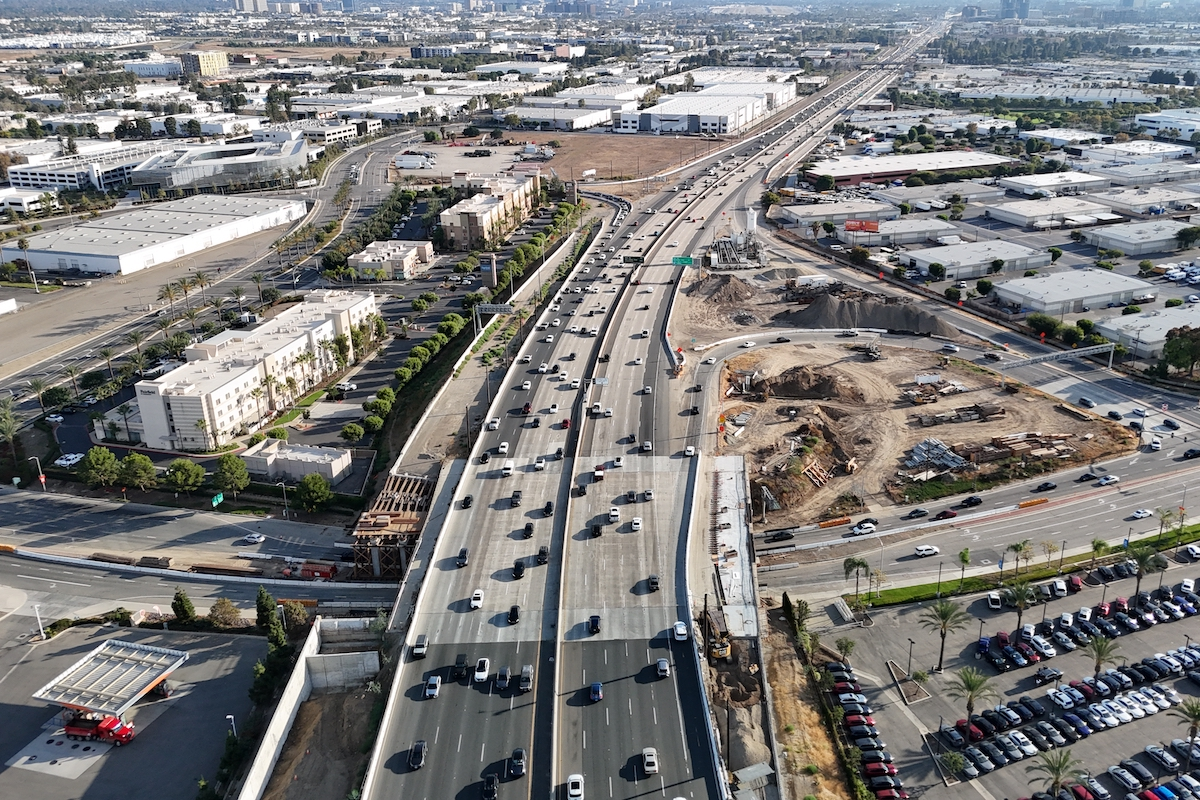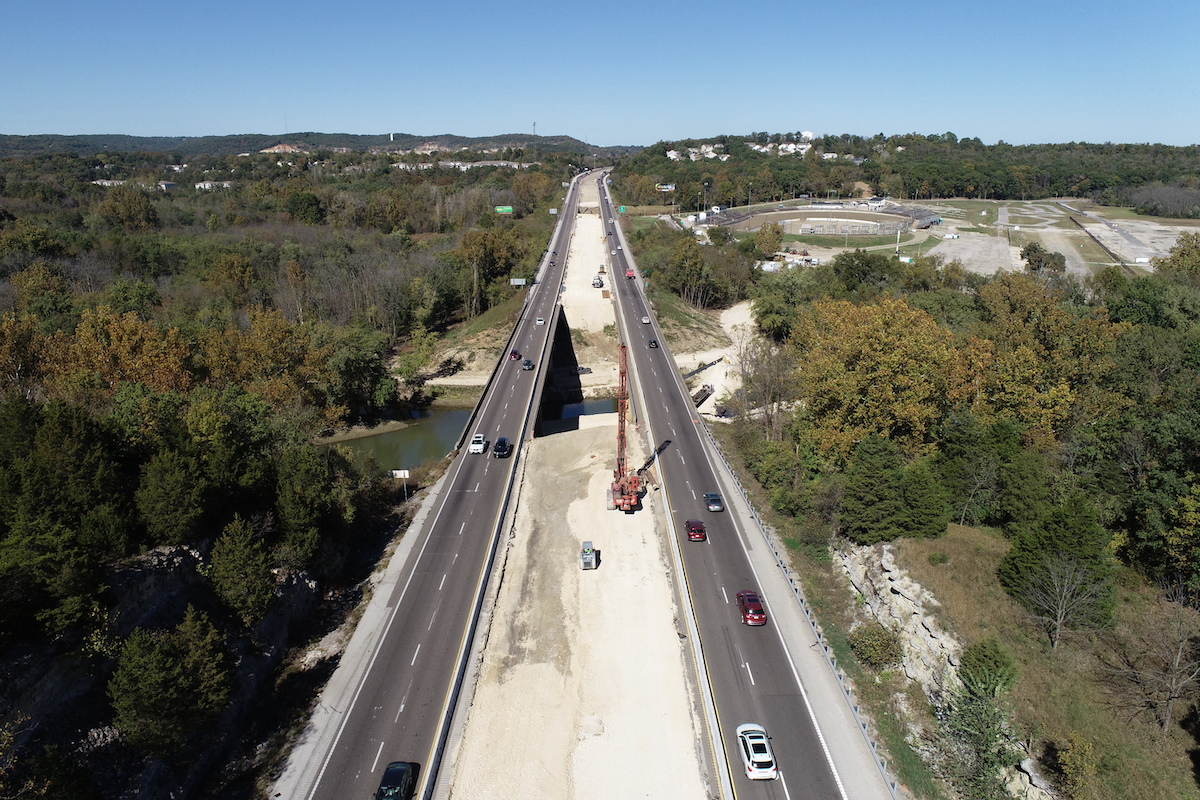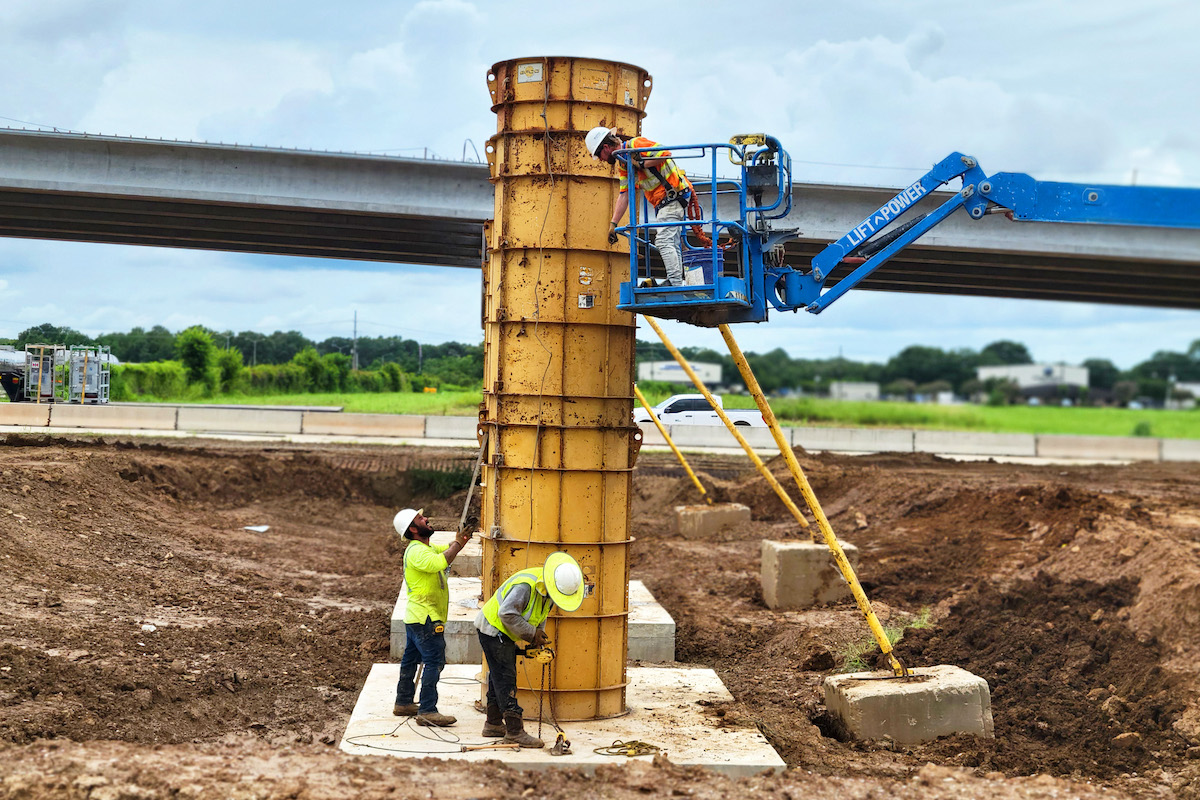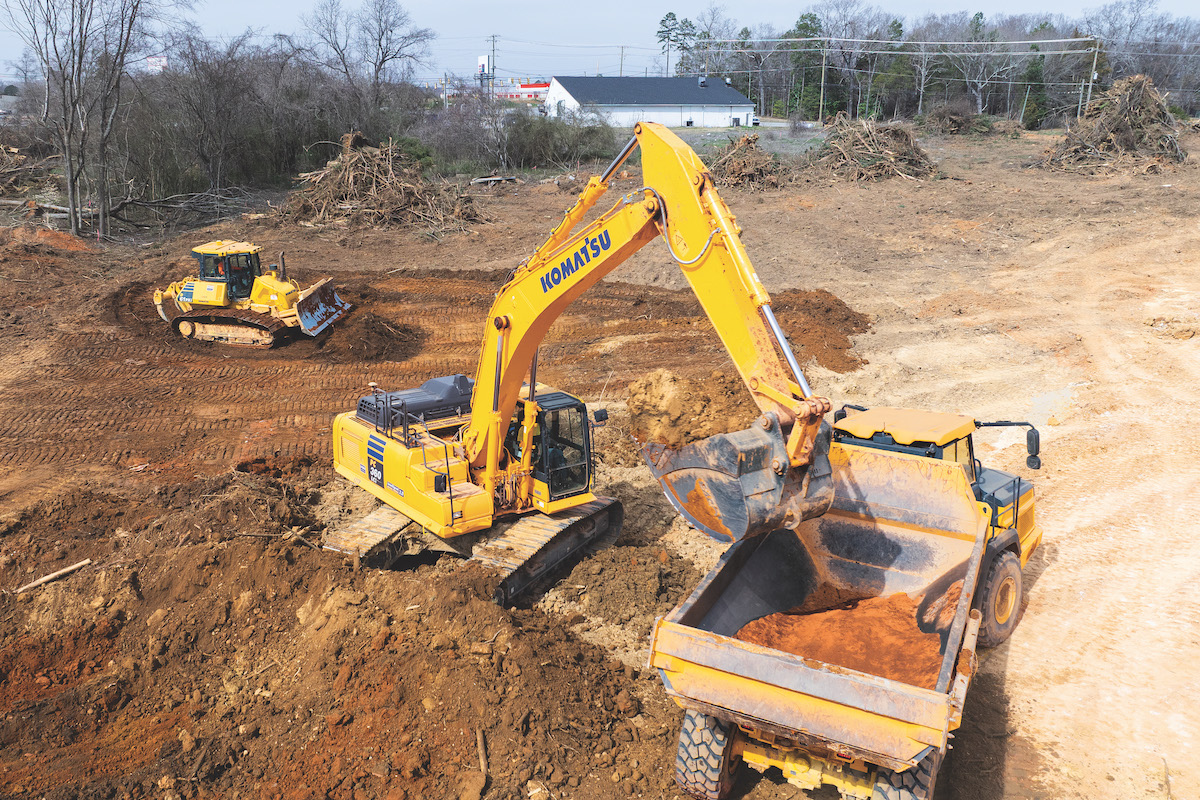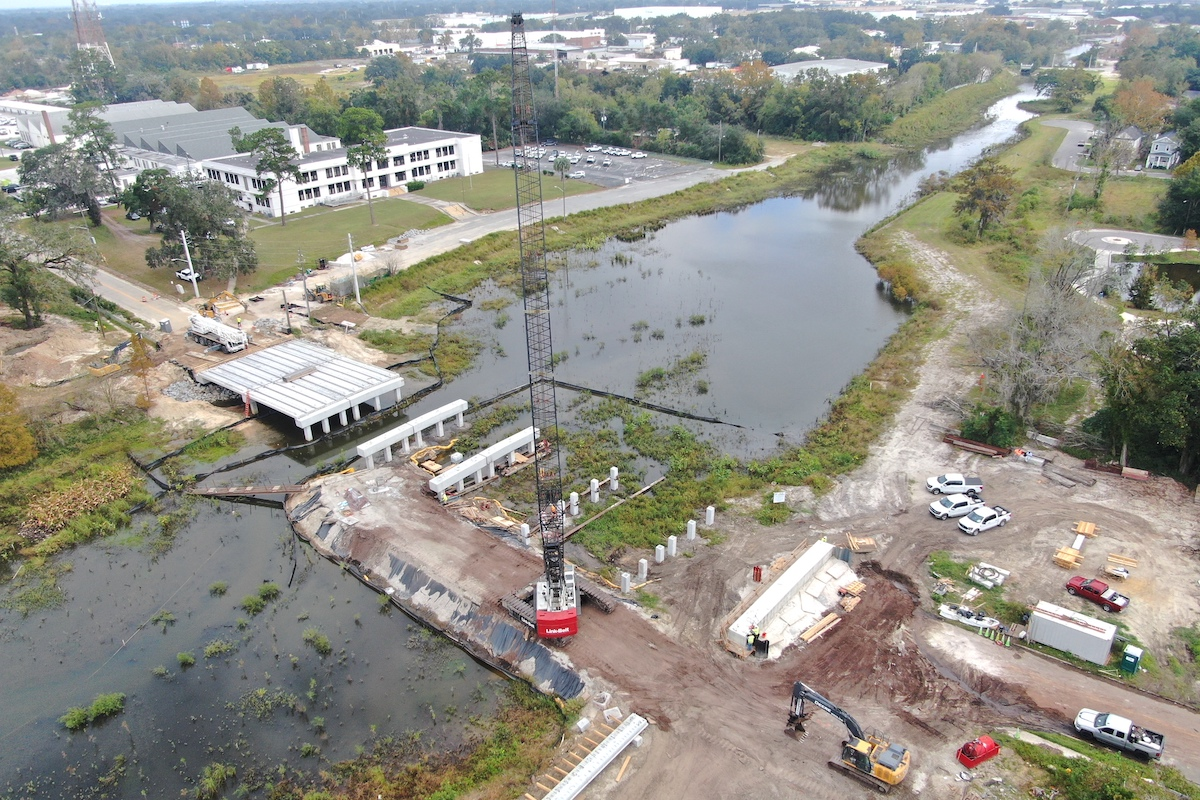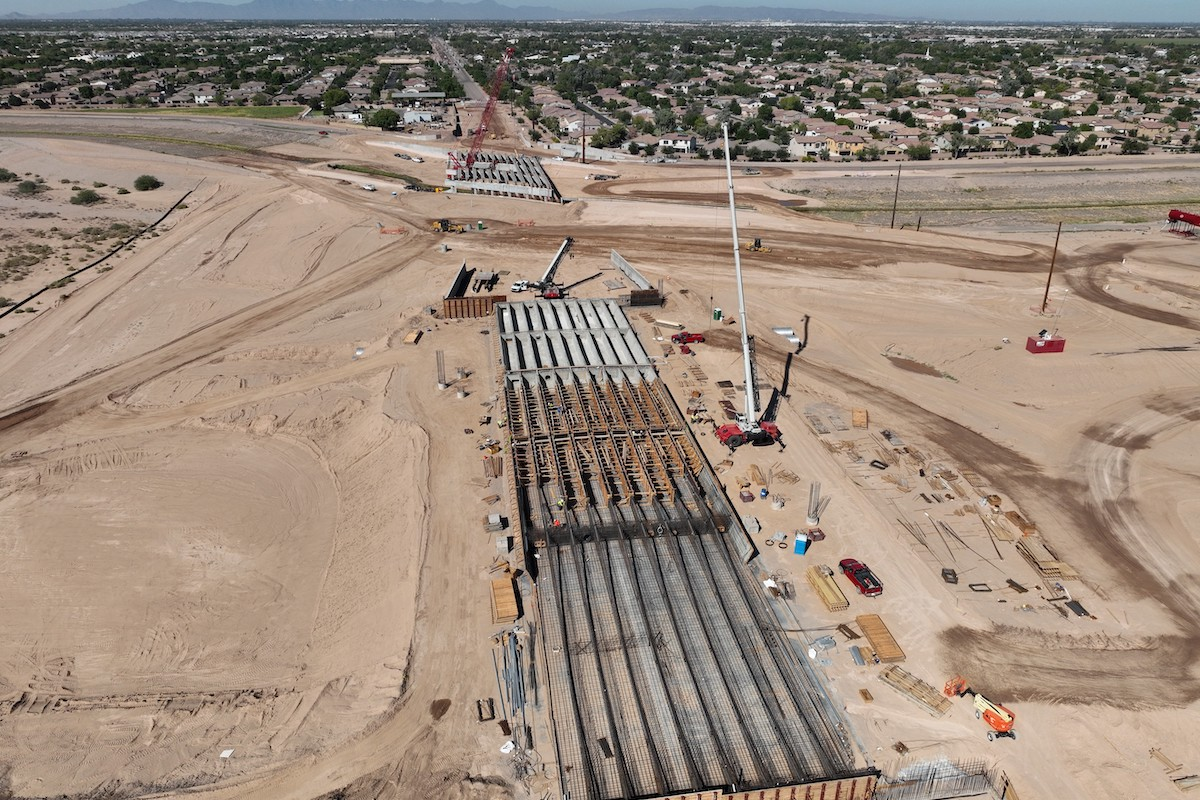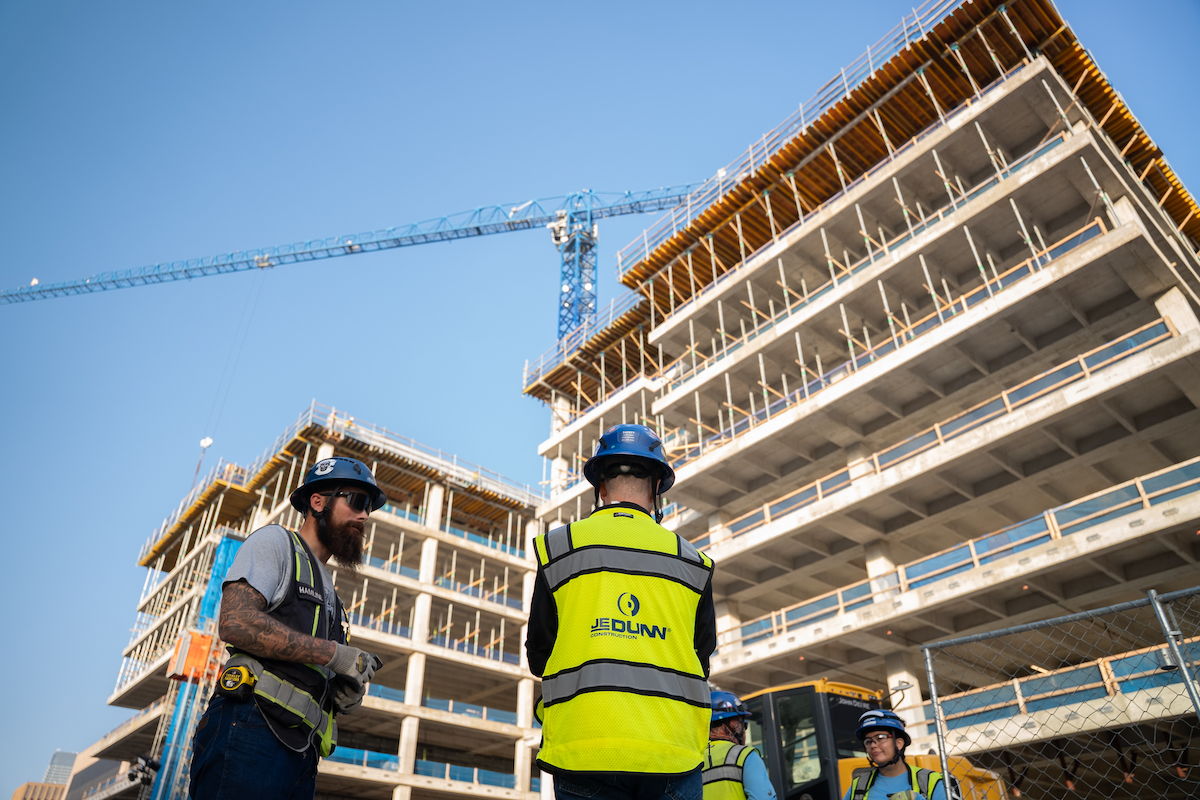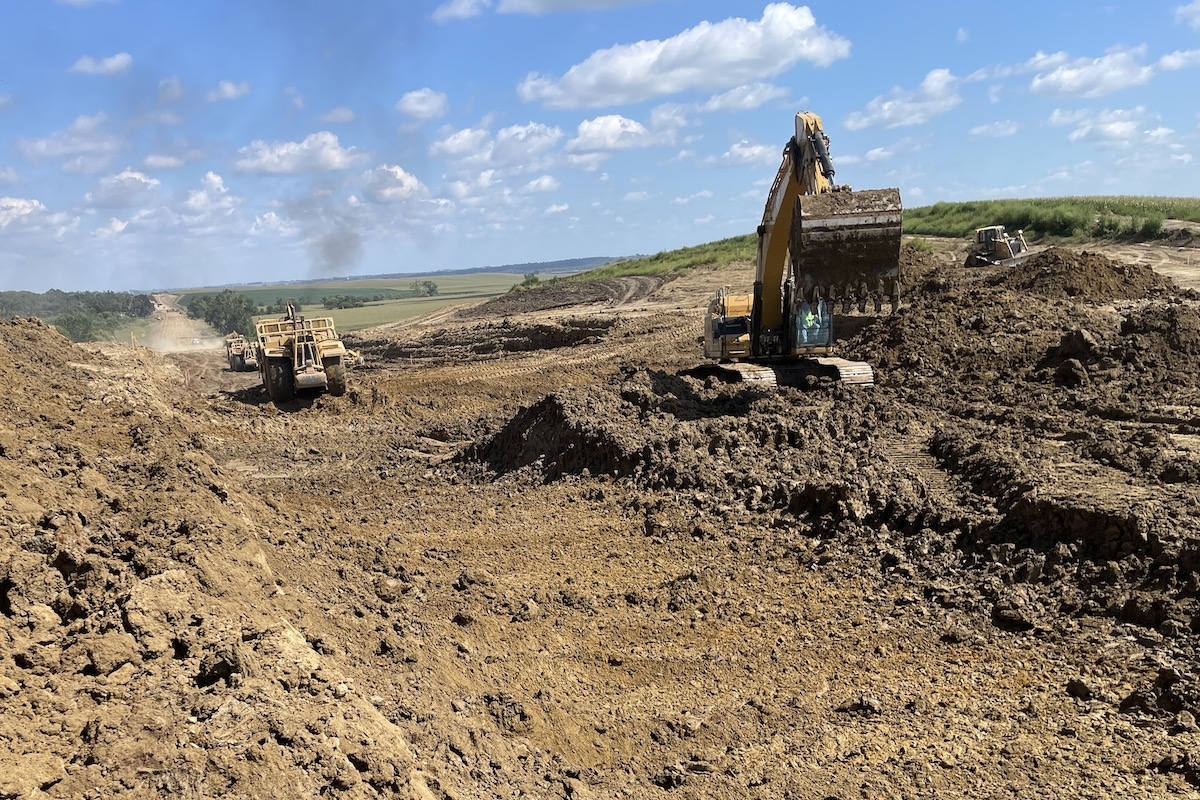Construction sites are full of visible risks — heavy equipment, working at height, electrical hazards. But one of the most dangerous threats isn’t visible at all: ultraviolet (UV) radiation from the sun.
Outdoor workers face a much higher risk of developing skin cancer due to prolonged exposure to UV radiation. In fact, for some types of non-melanoma skin cancer, the risk can be more than 70 percent higher in outdoor jobs like construction, landscaping, and maintenance. Yet despite this well-documented danger, sun protection is rarely treated with the same urgency as other job site safety measures.
That oversight can have deadly consequences. Skin cancer is not just a concern for older generations. Even one serious sunburn at a young age can dramatically increase your lifetime risk. Protecting your skin, especially as the weather gets hotter, and checking regularly for any changes on your body are extremely important.
Melanoma is one of the most preventable — and treatable — forms of cancer, especially when caught early. But many people ignore early warning signs or delay seeking help, especially when symptoms seem minor.
Early diagnosis is vital because it can often mean simpler, less aggressive treatment options. When cancer is caught early, smaller and more targeted procedures may be enough, reducing the risk of permanent side effects.

| Your local Trimble Construction Division dealer |
|---|
| SITECH Allegheny |
| SITECH Northeast |
But when diagnosis is delayed, cancers can grow and spread, forcing patients to go through far more invasive treatments such as major surgery or intensive radiotherapy. These more-advanced treatments can lead to long-term consequences, including speech difficulties, scarring, chronic pain, and a higher risk of future infections.
Construction companies play a key role in reducing risk. Practical steps include:
- Supplying high-SPF sunscreen onsite
- Encouraging breaks in shaded areas during peak UV hours
- Recommending wide-brimmed hats, long sleeves, and sunglasses
- Educating workers about the Shadow Rule — if your shadow is shorter than you, UV rays are at their strongest
- Promoting a culture where reporting skin changes is encouraged, not stigmatized
People often associate sun safety with holidays abroad, but you don’t need to be sunbathing to be at risk. Simple steps like checking the UV index, using the Shadow Rule, and applying sunscreen can make a big difference in reducing skin cancer risk.
Many people are unsure what skin changes to look for, and even fewer feel confident taking action. But catching melanoma early is critical.

| Your local Trimble Construction Division dealer |
|---|
| SITECH Allegheny |
| SITECH Northeast |
Warning signs include:
- Lopsided, asymmetrical moles — Healthy moles are typically symmetrical; if you drew a line down the middle, both halves would look the same. If a mole has an uneven or irregular shape, it could be a sign of melanoma and should be checked by a general practitioner or dermatologist.
- Irregular borders — Moles with clear, smooth edges are usually benign. If the borders become jagged, notched, or appear to blur into the surrounding skin, this could indicate abnormal growth and warrants further investigation.
- Unusual or multiple colors — A harmless mole is usually a single color. If you notice a mole developing multiple shades, including brown, black, red, pink, or even blue, this could be a warning sign. Color changes over time are also a reason to seek medical advice.
- Noticeable growth — Any mole that is increasing in size should be monitored closely. A diameter larger than 6 millimeters (around the size of a pencil eraser) can be a risk factor, but even smaller moles can be problematic if they’re growing or changing rapidly.
- Changes, itching, bleeding, or crusting — The most telling sign of all is change. Whether it’s becoming itchy, starting to bleed, forming a crust, or simply looking different than before, these developments can indicate malignant transformation and should never be ignored.
Sunburn can cause serious damage even before any redness appears. If your skin starts to feel hot or sore, it’s a sign to move out of the sun and take action to protect it. While looking after your skin can help maintain its appearance after sun exposure, far more importantly, it plays a vital role in reducing your long-term risk of skin cancer.
Construction safety culture emphasizes helmets, gloves, boots, and harnesses. Skin protection should be part of that same mindset. After all, it's not just about comfort — it's about preventing one of the most common and potentially deadly occupational diseases for outdoor workers.
The tools for prevention are simple: awareness, protection, and early action. And the cost of ignoring the risk is far too high.


